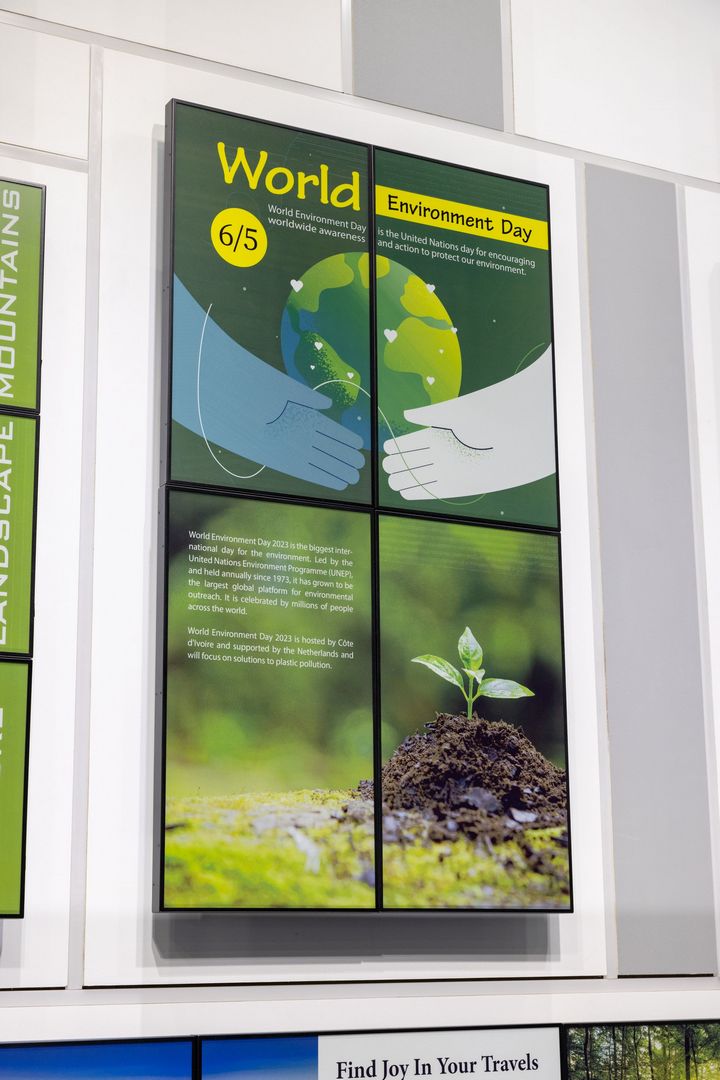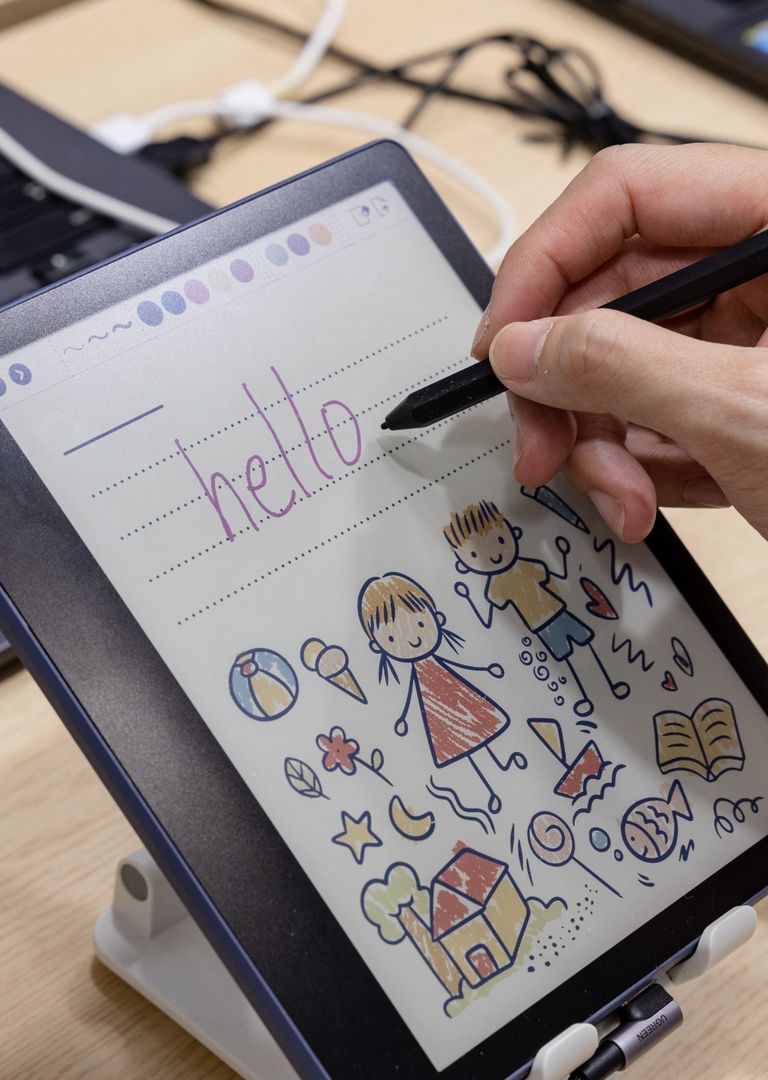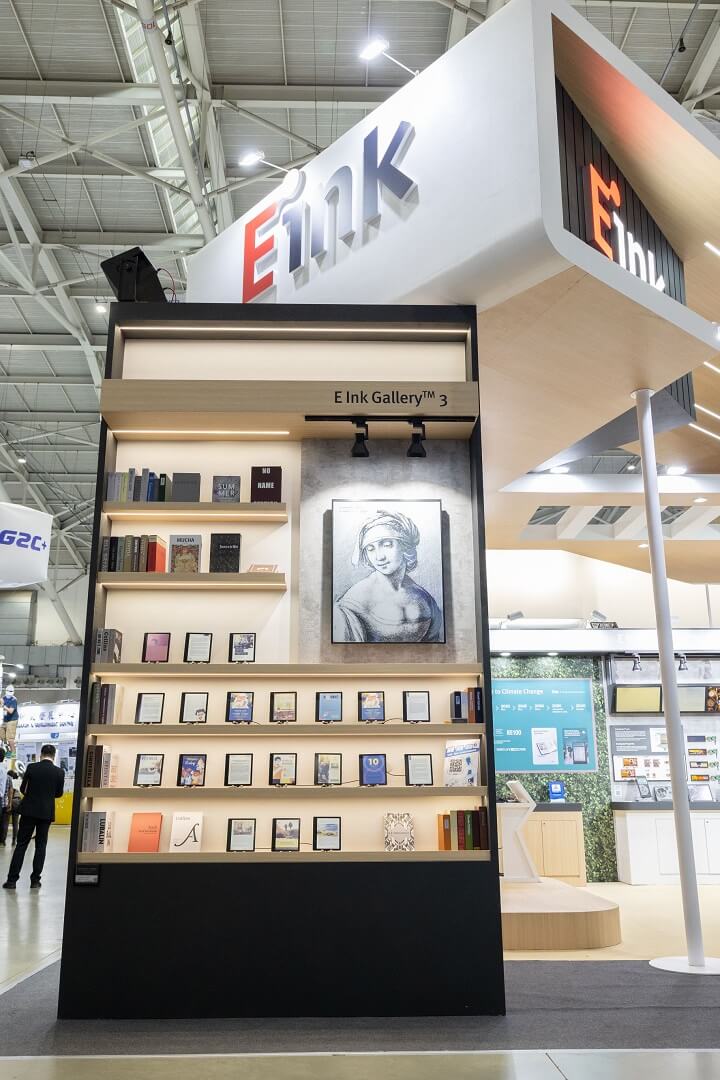APPLICATION DESCRIPTION
Introduction
Welcome to know more application details
Recognizing an opportunity in the education market, innovative companies have launched products that bridge the gap between handwriting, paper and computing. Pen-based tablets, called eNotes, bring together the learning power of handwriting with affordable access to eTextbooks — all without the distraction inherent to laptops and smartphones.
At the heart of eNote technology is digital paper, which looks and feels like paper. Students can handwrite lecture notes on screens, or mark up their eTextbooks with notes or highlights. Pioneered by E Ink, digital paper was first popularized in eReaders like the Kindle, but today it’s available in a whole range of sizes for numerous applications.
Digital paper technology features particles within microcapsules or microcups that are coated onto a thin film layer and act as a form of ink. Instead of ink being pressed permanently upon paper, however, the ink particles in digital paper are automatically recycled to form new letters and images when the display image is updated.
Low power consumption for greater sustainability
Screens made with digital paper require only a tiny fraction of the power required to run other types of screens. In fact, an E Ink display uses about 99 percent less power than the liquid crystal displays (LCD) used in laptop and tablet screens and many types of mobile devices. And unlike light-emitting LCD screens, E Ink screens are reflective — just like print.
This makes them easy to read even in broad daylight, with a more natural paper-like feeling. Sustainable digital paper screens are attractive to both students and universities seeking to
lower their carbon footprint. Hundreds of universities have signed on as signatories to the Climate Leadership Network,11 pledging to take action on climate change. Saving energy one screen at a time can add up to major change when multiplied by thousands of devices.
Students not only prefer to be green, they’re pressuring their schools to be green as well.








